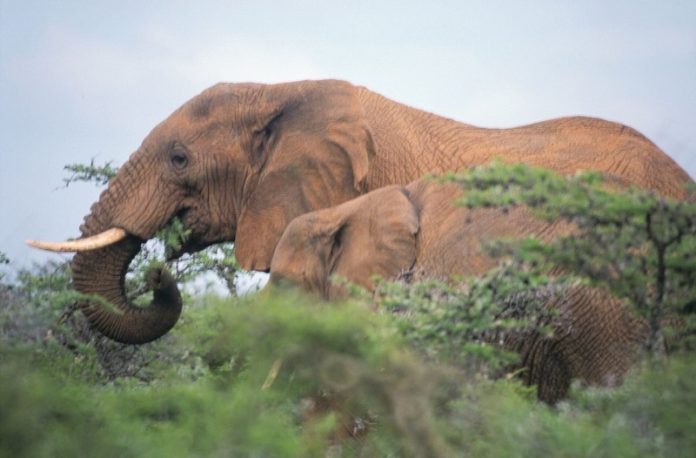
Have you ever wondered how many dung beetles live in East Africa?
This question inspired a research project over 20 years ago when Frank Krell, then a research entomologist at the Natural History Museum London, embarked on a study.
Together with his wife, ecologist Sylvia Krell-Westerwalbesloh, they explored the world of dung beetles in the savannas of West and East Africa.
Their latest findings have now been published in The Science of Nature.
African grasslands are a paradise for dung beetles. In these areas, human waste can disappear within half an hour, thanks to the abundant dung beetles.
But what about elephant dung? This led the researchers to a fascinating question: how many beetles does elephant dung attract?
In the Laikipia region of central Kenya, the researchers set out to find the answer. Elephant dung, which is easy to spot due to its large heaps, was their focus. They collected two balls of elephant dung—called “boli”—and exposed one during the day and the other at night on bare soil.
After about 12 hours, they collected the remaining dung and the soil beneath it, then extracted all the dung beetles using the floating method, which involves placing the dung in water where the beetles float and the dung sinks.
The “day bolus” contained just over 3,300 beetles, while the one left out overnight, which was no longer recognizable, had 13,399 beetles. Sylvia counted each one—an effort that requires great patience. All that remained of the bolus was a thin mat of dung residue.
Their study revealed that two pounds of elephant dung can provide food and shelter for about 13,400 dung beetles. Considering that an elephant produces an average of 320 pounds of dung daily, one elephant can support over 2 million dung beetles each day.
In the Laikipia-Samburu ecosystem, which hosts approximately 5,000 to 7,500 elephants, there would be enough dung to sustain around 14 billion dung beetles over an area of 21,000 square miles—about the size of Maryland and New Jersey combined.
Although the African savanna elephant is not currently close to extinction in East Africa, it is classified as threatened by the International Union for Conservation of Nature and has disappeared from other parts of the continent.
So, what would happen if elephants vanished? Some dung beetles would find other sources of food, but the amount of dung needed to support 14 billion beetles would be gone. The extinction of these majestic giants would have devastating effects on the billions of smaller creatures that rely on them for survival.
Elephants are more than just fascinating animals; they play a crucial role in maintaining the delicate balance of their ecosystem. Their presence supports a vast number of other species, highlighting the importance of conserving these incredible creatures.



